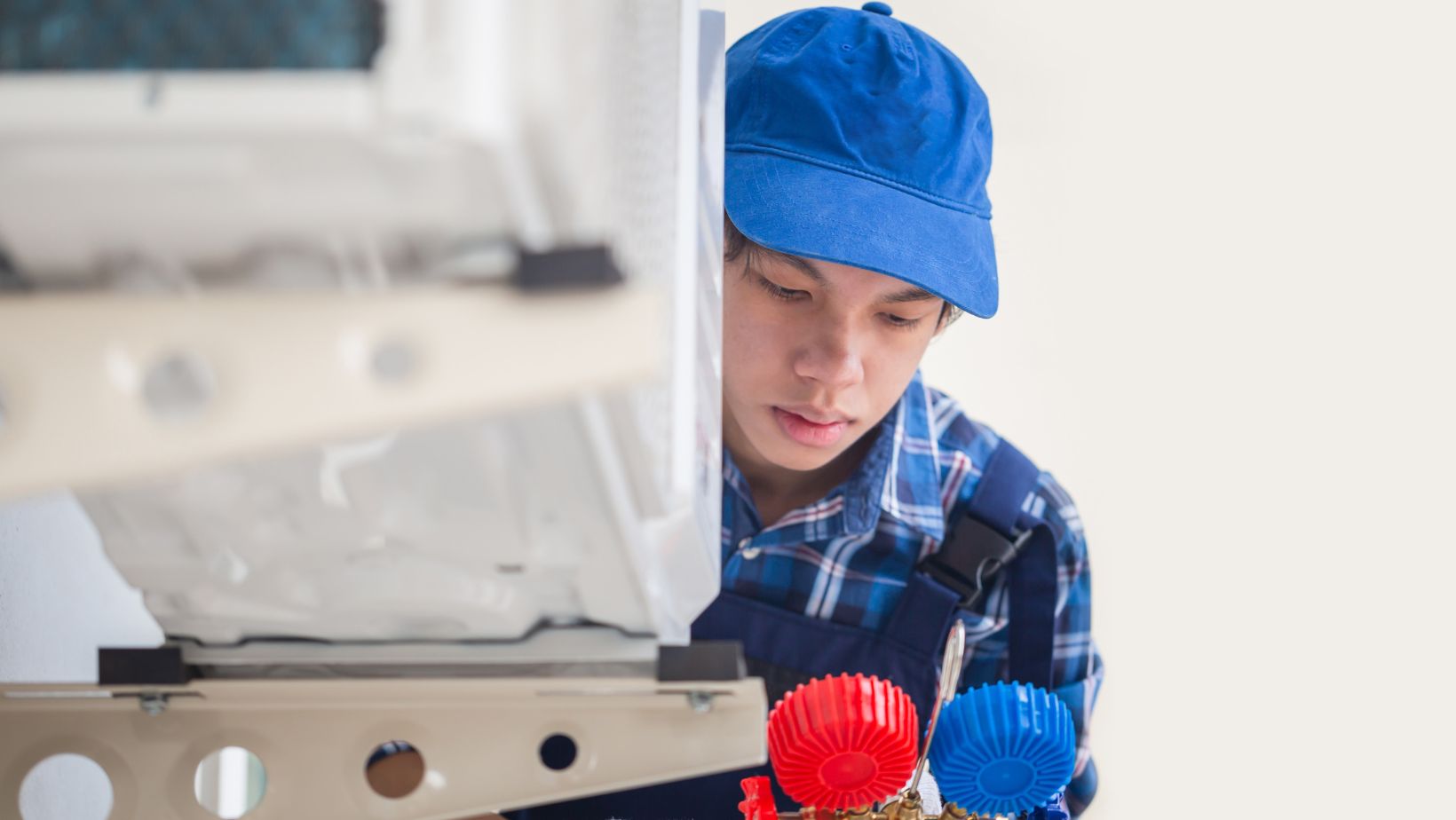Modern life owes much of its comfort to refrigeration and air conditioning technology. These systems not only extraordinary homes and businesses but also preserve food, medicine, and other essentials. Despite their importance, few people understand the science behind how they work. Understanding the basics of refrigeration and air conditioning can help us appreciate the innovation that keeps us cool, even in the hottest climates, such as AtHomePrep, which supports individuals training for careers in this field.
The Principles Behind Refrigeration and Air Conditioning
Refrigeration and air conditioning systems operate on a simple yet fascinating principle: heat transfer. Heating and cooling occur naturally through the flow of heat from areas of higher temperature to regions of lower temperature, and these systems rely on this concept to bring about the desired cooling. Refrigeration and AC systems work with a cycle of compression, condensation, expansion, and evaporation with the help of a chemical known as refrigerant.
The cycle starts with the refrigerant being compressed, increasing the temperature and pressure of the refrigerant. This hot, high-pressure gas then flows through a condenser coil, dissipating heat into the atmosphere, and the gas becomes a high-pressure liquid. Subsequently, the refrigerant moves through an expansion valve; in this case, the pressure of the refrigerant decreases, and its temperature also drops.
Last, it moves to the evaporator coil, which is heated by surrounding air and turns back to gas form. It goes on for a cycle, removing heat from the space to be cooled and dumping it somewhere else.
How Refrigeration and AC Systems Keep Us Comfortable
The uses of this process of heat transfer are impressive. In refrigeration, the evaporator coil is mounted in a confined area that is sealed, for example, in a fridge or a freezer. In refrigeration, the refrigerant takes heat, making it cold and suitable for storing food, medicine, and other perishable goods. Without this technology, the current food retail supply chains and healthcare systems would be very different.
An air conditioning system, however, is meant to control the temperature of rooms and even whole buildings. AC units make it comfortable in homes, offices, and public areas by constantly pulling in warm air, cooling it, and circulating it. Central air conditioning systems take this idea to the next level, using ducts to circulate cool air all around a building.
They have changed with time as they incorporate more energy-efficient and eco-friendly equipment. New technologies like programmable thermostats, better refrigerants, and better designs make these technologies less environmentally harmful and equally effective.
The Need for HVAC Training
Even though refrigeration and air conditioning are science, they are not very difficult to learn once one understands the basics through training. With such systems being adopted frequently, the need for qualified personnel in the HVAC industry is increasing. Refrigeration and air conditioning technicians are professionals trained to install, maintain, and repair refrigeration and air conditioning systems used in industries, homes, and other establishments that require cool environments.
HVAC professionals should be knowledgeable in heat transfer, thermodynamics, and systems; these are some of the factors that should be mastered by any person who intends to be an HVAC engineer. Industry courses and certification tests offer the essential information and practical skills to succeed in this line of work. With such skills, HVAC technicians help make people comfortable and improve the quality of life of many people worldwide.
Conclusion
The science of staying calm, though, is grounded in physics and has a lot of applications in today’s society. HVAC, or heating, ventilation, air conditioning, and refrigeration, is essential to many aspects of life, starting with food preservation. Their heat transfer capability has made them change how we live and work in society. Therefore, their efficiency should be well understood and maintained. From preserving our fruits and vegetables and making watermelon taste even better to providing respite from the heat, these technologies bring into perspective the impact of technology and the engineers behind them.




More Stories
Do Casino Promo Codes Work on All Games? Here’s What to Know
The CEO’s Case for Education: Maxim Gorin Shares Why EMS Training Is Not a Cost, But a Business Strategy
From the Dog Days of Summer to the Chase for a Championship: October Arrives and Playoff Baseball Takes Center Stage